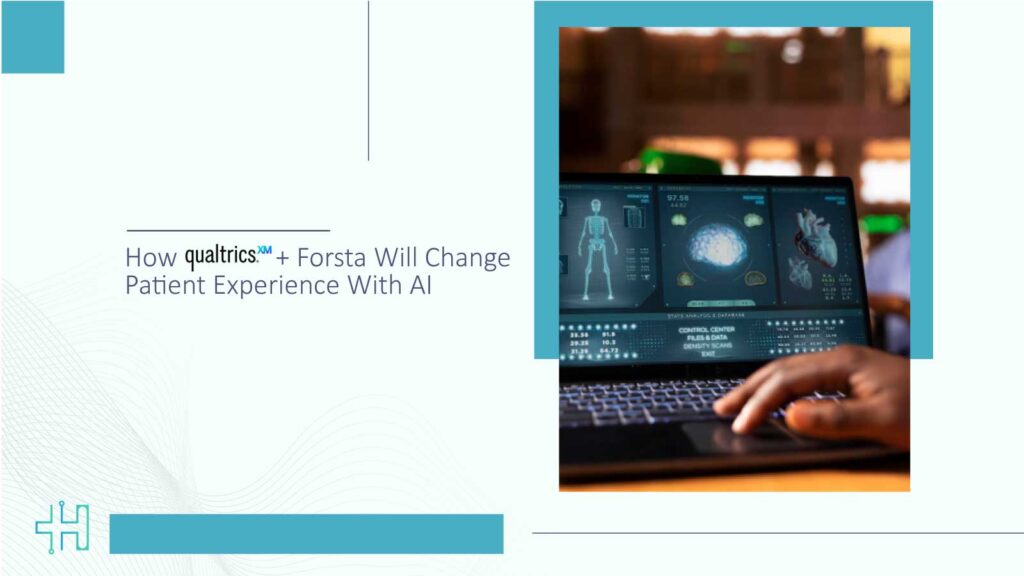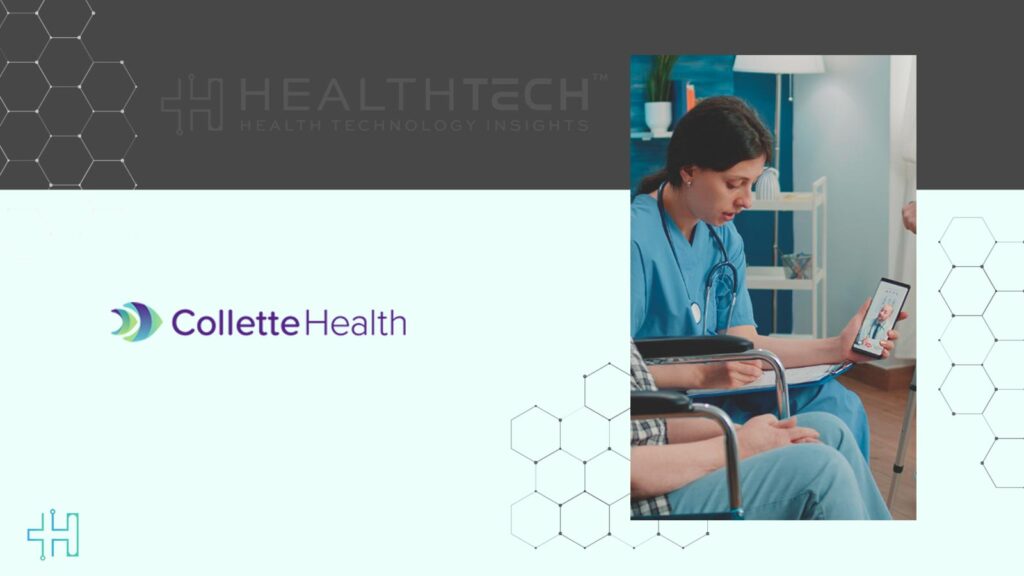BioLineRx Ltd., a clinical-stage biopharmaceutical company that specializes in oncology and rare diseases, has joined forces with Hemispherian AS, a Norwegian biotech firm that focuses on small molecule cancer treatments, to form a joint venture. The goal is to develop GLIX1, an innovative oral small molecule designed to target the DNA damage response in glioblastoma and other types of cancer. GLIX1 works by activating TET2 in cancer cells, which causes breaks in the DNA and triggers programmed cell death, specifically in malignant cells.
Health Technology Insights: TIME Names CancerIQ as One of World’s Top HealthTech Companies
GLIX1 is Hemispherian’s main focus, aiming to treat both newly diagnosed and recurrent glioblastoma patients. Preclinical tests show that GLIX1 is effective against tumors, can cross the blood-brain barrier, and has a good safety profile. The U.S. Food and Drug Administration approved the Investigational New Drug application in August 2025, and the Phase 1/2a clinical trial is set to begin in early 2026. GLIX1 has received Orphan Drug Designation from both the FDA and the European Medicines Agency, highlighting the significant need for new glioblastoma treatments. It also shows potential in treating other cancers, with early data suggesting that it can work well with PARP inhibitors, particularly in cancers that have homologous recombination. Development in other solid tumors is also being planned.
Health Technology Insights: Oculis to Present Positive Phase 2 ACUITY Trial Results at ECTRIMS 2025
Zeno Albisser, CEO of Hemispherian, expressed excitement about the collaboration, noting that combining Hemispherian’s research in DNA damage response with BioLineRx’s clinical and regulatory experience creates a strong partnership. He described glioblastoma as a very aggressive tumor with limited treatment options, highlighting the potential of GLIX1 as a novel small molecule that can cross the blood-brain barrier, target DNA repair processes uniquely, and has shown good preclinical results in terms of both effectiveness and safety. Albisser also mentioned their eagerness to start the upcoming clinical trial and work with top neuro-oncology centers and BioLineRx to bring this treatment to patients.
Philip Serlin, CEO of BioLineRx, shared that after careful consideration of possible pipeline expansions in oncology and rare diseases, they are excited to collaborate with Hemispherian on this innovative asset. He believes the joint venture combines Hemispherian’s strengths in DNA repair research with BioLineRx’s clinical and regulatory expertise. Serlin sees the partnership as well-positioned to deliver groundbreaking therapies for difficult cancers while also creating value for shareholders. The joint venture will initially focus on GLIX1 but will also have first rights to other molecules in Hemispherian’s pipeline.
Under the terms of the joint venture, Hemispherian will contribute the global rights to GLIX1, and BioLineRx will handle, carry out, and fund all development activities. Hemispherian will hold 60% ownership at the start, while BioLineRx will initially hold 40%, with the potential to increase to 70% based on continued investment. BioLineRx’s funding will be used entirely for development efforts, and the joint venture also has priority access to Hemispherian’s other molecules.
Glioblastoma is the most common and aggressive primary brain cancer. The standard treatments, established in 2005, include surgery, radiation, and chemotherapy, but the results are still not good, with most patients surviving less than 18 months. The disease is most common in middle age and is expected to become more common as the population ages. The market for glioblastoma therapies is expected to reach about $2.5 billion in the U.S. and $1.3 billion in major European countries by 2030, showing a big need for new treatments both medically and commercially.
The Phase 1/2a study will be led by Dr. Roger Stupp and Dr. Ditte Primdahl from Northwestern University’s Malnati Brain Tumor Institute. The Phase 1 part of the study will include up to 30 patients with recurrent glioblastoma to find a safe and effective dose based on safety, how the drug moves through the body, how it works, and early results. Data from this phase is expected in the first half of 2027. The Phase 2a expansion will look at three groups: GLIX1 alone in recurrent glioblastoma, GLIX1 combined with standard care in newly diagnosed patients in a “window of opportunity” study, and GLIX1 combined with PARP inhibitors in other solid tumors.
This collaboration marks a major step forward in the search for more effective glioblastoma treatments and shows a strong commitment from both companies to address important gaps in cancer care.
Health Technology Insights: XRHealth Launches XR CareCart VR Rehab Station for Clinics
To participate in our interviews, please write to our HealthTech Media Room at sudipto@intentamplify.com








